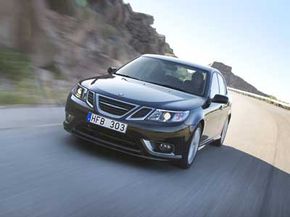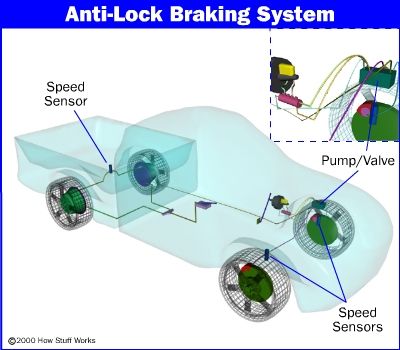If you've spent any time on the road, you've probably spotted a few bumper stickers that make claims of divine driving intervention. While the most common varieties read, "God is my co-pilot," you can also find the honors falling to Jesus, Shiva, Barack Obama and Superman's nemesis Gen. Zod, just to name a few.
Auto manufacturers still haven't found a way to offer customers driving guidance from the gods, but they have made inroads with the robot community. Various companies now feature such options as "chassis control" and "electronic stability control." If you own a Saab, you can proudly tell your friends and family that positive force chassis control is your co-pilot.
Advertisement
It's easy to take vehicle stability for granted, but many factors, such as inclement weather or other drivers, can wrestle control of the wheel from your hands. One second you're driving along a winter road, then one wheel passes over an icy patch. The next thing you know, you're braking and turning the wheel to keep from going into the ditch. Once you think about those factors, it's no wonder so many drivers are keen on letting the creator of the universe ride shotgun. Where human driving ability (or common sense) fails, many put their fate in the hands of something greater than themselves.
Computerized stability systems such as positive force chassis control offer similar protection. They won't protect you from deranged hitchhikers or magically steer you clear of an out-of-control vehicle, but they can keep an eye on road conditions and vehicle performance, as well as make small adjustments to ensure better stability. If you're going to need to apply the brakes to one wheel, a stability system can apply just the right pressure before you recognize there's a problem. Moreover, as is common with the work of invisible supreme beings, you often won't even realize the control system did anything at all.
So just what does positive force chassis control entail? Get to know your co-pilot on the next page.
Advertisement



